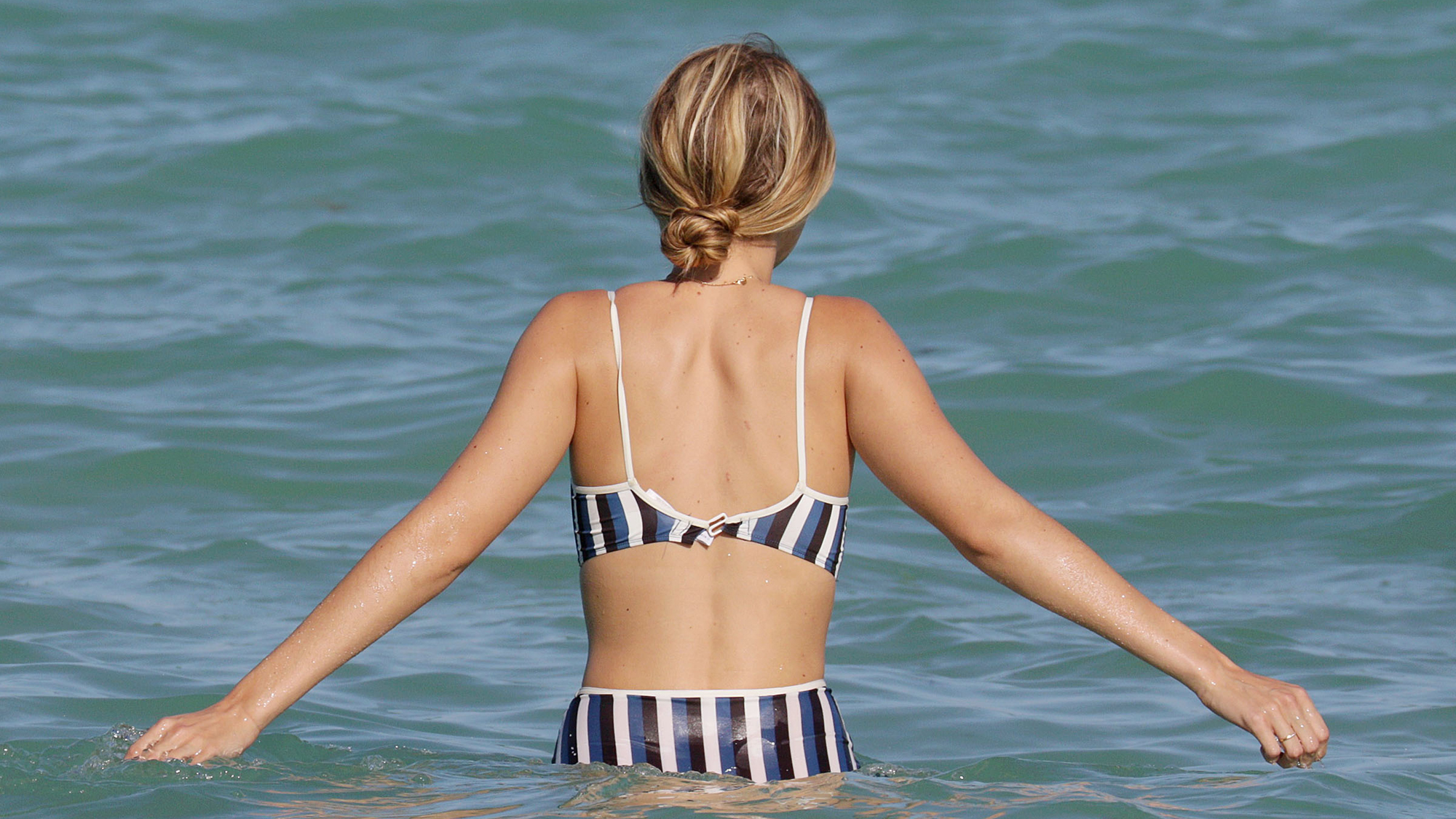What happens when you have breast reduction surgery?
Everything you need to know about having a breast reduction


Your biggest breast reduction questions, answered
There are a few reasons why women may choose to have breast reduction surgery. Some may feel self-conscious having particularly large breasts and or stretch marks, and so want to feel more comfortable in their appearance.
Or, having big boobs may be affecting them physically, and they may need the surgery to correct back problems or reduce pain.
If the latter is true for you, you may be able to get the surgery on the NHS, but for if your breast size doesn't affect your health you'll unfortunately need to go private. Unsure which camp you fall into? Speak to your GP who will be able to advise.
Here's what you need to know before going under the knife.
How much does breast reduction cost?
Let's not beat about the bush, this is what you really want to know if you're planning on getting the surgery for cosmetic reasons. The average breast reduction cost is around £5,000.
The British Association for Aesthetic Plastic Surgeons holds a list of UK plastic surgeons who carry out breast reductions, so it's worth getting in touch directly if you want a more specific quote.
Celebrity news, beauty, fashion advice, and fascinating features, delivered straight to your inbox!
Who is the ideal candidate for breast reduction surgery?
If you’re over 35, you’ll probably be advised to have a pre-operative mammogram to rule out any cancerous lesions.
Although reduction doesn’t directly increase the risk of breast cancer developing, at first patients may find it harder to notice any abnormal changes post-surgery, because they won’t be used to the change in shape and size of their breasts.
What happens during breast reduction surgery?
Your nipples have to be moved upwards because tissue is going to be removed from your breasts and their shape changed. The new position is marked on the skin before the operation.
During the operation, incisions are made around the nipple and in an anchor shape, running from the nipple to the bottom of the breast and along its underside. The tissue is then removed and the breast reshaped.
Depending on how much tissue needs to be removed, the average breast reduction surgery takes between an hour and a half to two hours.
Breast reduction recovery
A lot of women who have had breast reduction surgery liken the described the feeling as similar to the breast discomfort you get before your period – tender and tense.
It takes two weeks before the dressing can come off and during this time movement will be restricted. After that, you can resume normal everyday activity, except anything that uses the arms such as lifting bags or vacuuming. You can return to the gym after six weeks but there should be no upper body work for three months.
Most breast reduction surgery patients have reduced sensation in their nipples for the first three months, after which 80% will have the same or even better sensation – because the nerves are no longer being stretched – and your chances of not being able to breastfeed are the same as before surgery.
Will I have breast reduction scars?
Unfortunately yes, you will have a scar around your nipple and one running vertically from the nipple to underneath the breast from the surgery.
Again, depending on how much tissue needs to be removed during surgery, there will either be a short scar along the breast crease or one running the whole length of it.
While initially they may be quite red in appearance, the majority of people find theirs fade over time and are invisible under clothing. One of Bio Oil's benefits is that it can minimise the appearance of stretch marks and scars, so it's worth having some at the ready for when your scars have healed.
Will I need a special breast reduction bra for the recovery period?
Wearing a normal bra can be extremely uncomfortable following surgery.
Some surgeons will tell you to wear a special breast reduction bra to wear for the first six weeks post surgery, 24 hours a day, but the NHS suggests that wearing a sports bra is only a recommendation.
Are there breast reduction exercises I can try first?
If you have large breasts, eating a balanced diet and doing regular exercise will help with fat loss. But for more specific exercises, however, strength training can help to condition the muscles and burn fat – which obviously is what your breasts are mostly made of.
The NHS suggests seeing a physiotherapist as a potential alternative to surgery to correct pain, as certain exercises can help with pain caused by larger breasts.

Lucy is a freelance beauty editor and contributor at Marie Claire, and has also written for titles including Cosmopolitan, Refinery29, Glamour and woman&home. She was previously Marie Claire’s junior beauty editor. During her career, she’s covered everything from backstage beauty at fashion week to interviews with famous faces like Drag Race royalty and Little Mix. As for her beauty ethos, she’s a big advocate for not having to spend a fortune on beauty products to get good results. When she’s not got beauty on the brain you’ll probably find her reading or Netflix-ing.